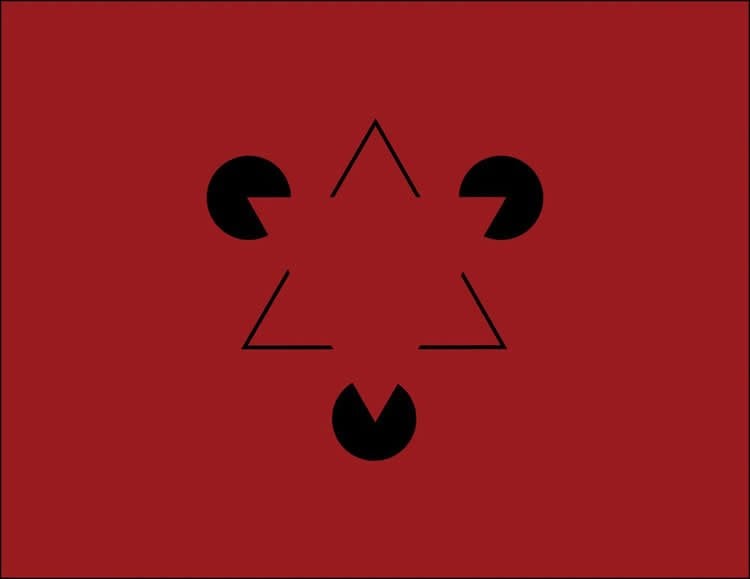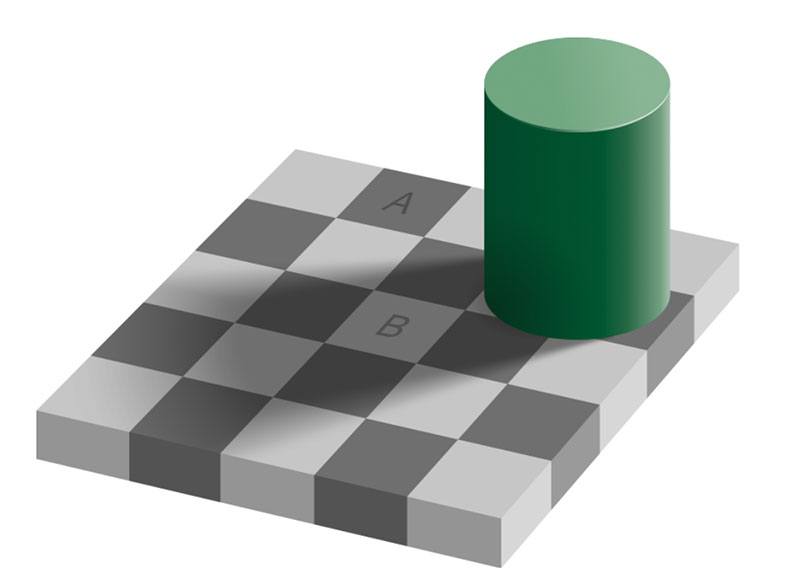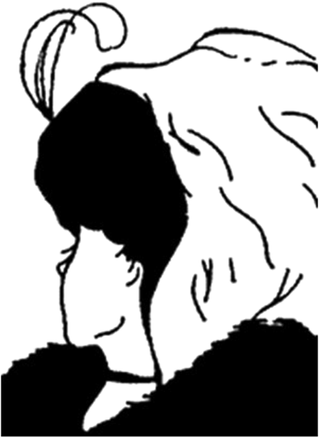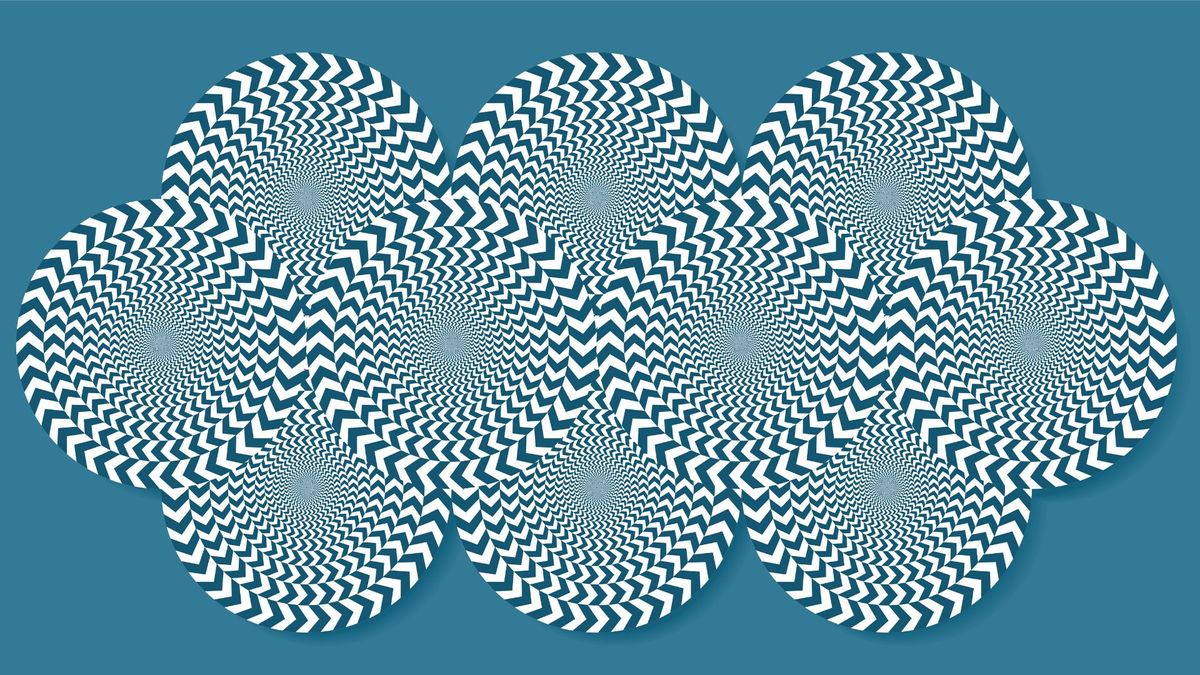
Introduction to Optical Illusions
Optical illusions highlight the fascinating ways our brain processes visual information. They cause us to see things that aren't there, revealing much about the underlying mechanisms of perception.
Perceptual Shortcuts and Assumptions
The human brain is not just a passive receiver of visual information but actively interprets and constructs reality through perceptual shortcuts and assumptions. Our brain uses previous experiences and context to fill in gaps in visual information, often leading to perceptual mistakes[1][3][5][6].
Sensory Limitations and Neural Processing
Many optical illusions exploit the limitations in how our eyes and visual neurons work. For instance, scientists at the University of Exeter proposed a model suggesting that limits in neural responses, rather than higher-level cognitive processes, explain many visual illusions[7]. This model, called the Spatiochromatic Bandwidth Limited (SBL) model, predicts visual phenomena without requiring complex psychological explanations, indicating that much of what we perceive is shaped by these low-level processes.
Context and Color Perception

Color perception can be significantly influenced by context, as demonstrated by illusions such as the 'Checker Shadow Illusion' by Edward H. Adelson of MIT. In this illusion, two squares that are the same color appear different because of the shadows cast by surrounding objects[4][12]. This occurs because our brain adjusts for shadows to maintain consistent color perception, even when the actual light intensity differs.
Motion Illusions
Motion illusions, such as the 'Rotating Snakes' illusion by Akiyoshi Kitaoka, leverage the brain's mechanisms for detecting motion. Such illusions often depend on eye movements and the brain’s tendency to predict motion paths to compensate for perceptual delays[1][4][10]. This predictive nature can sometimes make static images appear to move, highlighting the brain’s active role in constructing a dynamic visual experience.
Ambiguous Figures and Perception

Ambiguous figures, like the famous 'My Wife and My Mother-In-Law' illustration, reveal the brain's capacity to interpret a single image in multiple ways. These images exploit the brain’s tendency to switch between different interpretations, which can provide insights into how the brain resolves perceptual ambiguities[3][4][12].
Cognitive Biases and Reality Construction
Optical illusions expose not just perceptual limitations but also cognitive biases. For example, the infamous debate over the color of 'The Dress' (blue and black vs. white and gold) illustrates how individual assumptions about lighting conditions influence color perception. This indicates that personal experiences and environmental assumptions play a significant role in visual interpretation[1][5].
Mechanisms of Depth and Size Illusions
Depth and size illusions, such as the Ponzo and Müller-Lyer illusions, illustrate how the brain uses contextual information to make judgments about size and distance. The brain interprets converging lines as depth cues, which can make identical lines appear differently sized depending on their position within the illusion[4][6][11]. Such illusions highlight the brain’s reliance on environmental context to interpret three-dimensional space.
The Dual Visual Pathway Hypothesis
Research has identified two main anatomically distinct pathways in the visual system: the dorsal and ventral streams. The dorsal pathway processes motion and spatial information for guiding actions, while the ventral pathway is involved in object recognition and perceptual judgments. Findings from studies on patients with ventral pathway damage support the idea that the dorsal stream handles all aspects of motion information, irrespective of task requirements, underscoring a specialized but interconnected functionality of these pathways[9].
The Role of Eye Movements
Eye movements, including rapid movements known as saccades, play a key role in how we perceive optical illusions. These movements help the brain manage and interpret the massive amount of visual data it continuously receives. For example, the 'snake illusion' relies on saccades to make the static image appear to move, showing how essential these eye movements are in creating a coherent visual experience[1][11].
Conclusion

Optical illusions serve as more than just intriguing puzzles; they provide profound insights into the principles governing visual perception. By studying these illusions, scientists can better understand the neural and cognitive processes that construct our visual reality. From context-driven color perception to motion prediction and cognitive biases, these phenomena paint a complex picture of how our brains interpret the world. Through continued research, we can continue to uncover the intricate workings of human perception and its occasional missteps.
Get more accurate answers with Super Pandi, upload files, personalized discovery feed, save searches and contribute to the PandiPedia.
Let's look at alternatives:
- Modify the query.
- Start a new thread.
- Remove sources (if manually added).